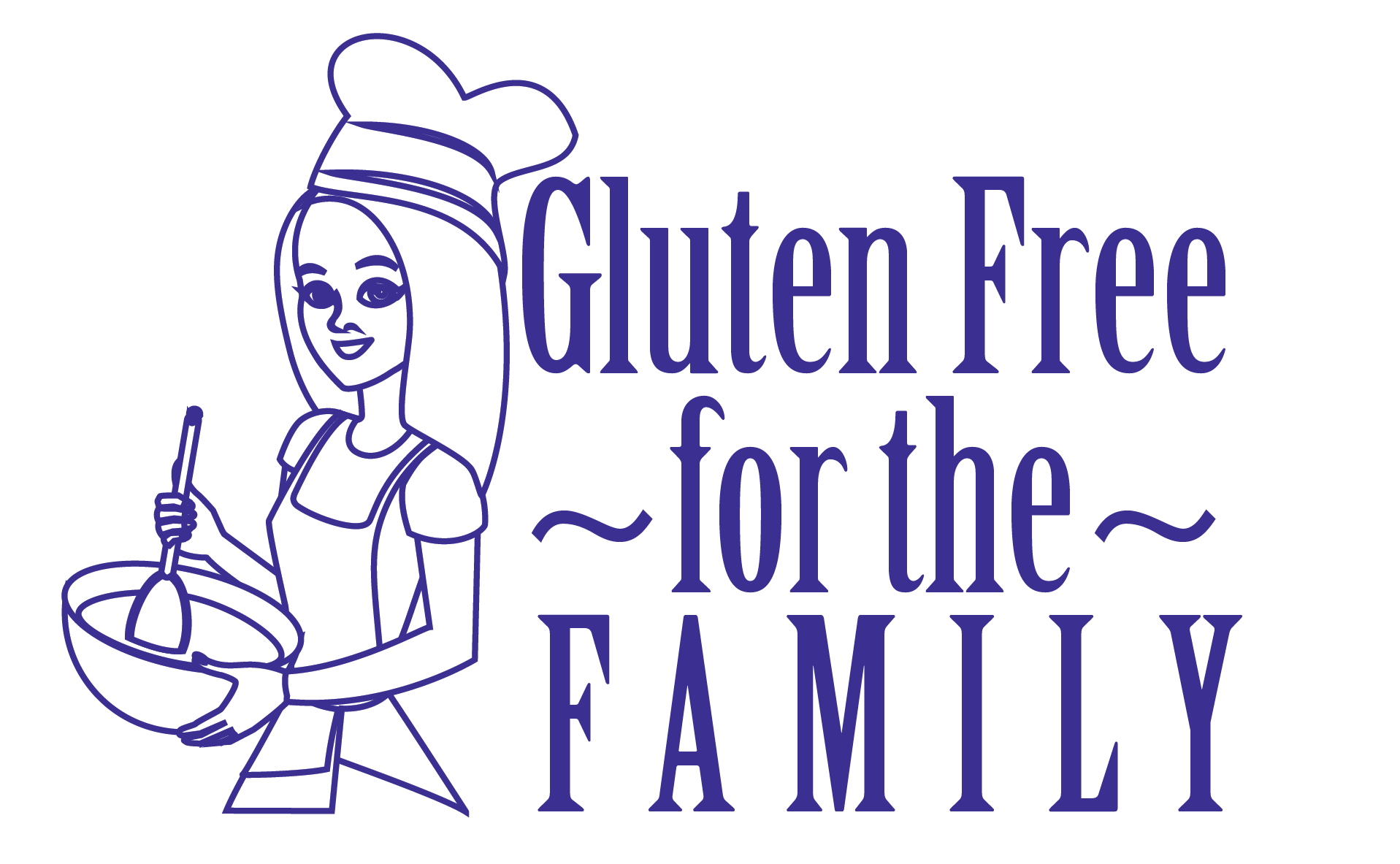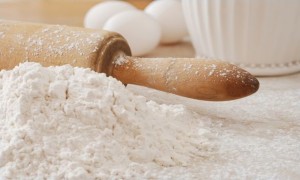When I found out that wheat was no longer an option, the confusion set in fast in regards to what kind of flour is good for breading, baking, thickening, and etc.
I looked all over the web to find some sort of explanation or chart. I also found that even though the flour is suitable for baking (for example), the taste may not be appealing. So the challenge was to test some flours, find which ones worked and tasted best in certain situations.
Below is a list of gluten free flours and gluten containing flours so that its easy to see which ones to use and which to avoid. I've also put together a list of flours and how each one works for baking, breading, and thickening from the research I've done. Choosing the right flour is important, so take a look at the comparison chart and flour explanations below!
Gluten Free Flours |
Contains Gluten |
| AmaranthArrowrootBrown riceBuckwheat (100%)ChickpeaLegume
Nut and seed Potato Potato starch Quinoa Soy Tapioca starch Teff |
SpeltWheatKamutRyeOatBarley |
Gluten free flours for baking, breading or thickening:
Amaranth Flour – Flavor is grain like, mild, and somewhat nutty. Excellent for baking when used in combination with quinoa or buckwheat. Adequate for baking, browns quickly. Baking is best when in the powder form. Differs slightly for thickening depending on variety used.
Arrowroot Flour – Flavorless and white in color. For baking with arrowroot, substitute it forup to 25% of total flour. It’s best when combined with tapioca starch flour. When used for breading, browns quickly and well. Add seasonings or combine with other flours for flavor. Excellent when used for thickening. Substitute for equal amount of corn starch.
Brown Rice Flour – Mild flavor and off-white color. Excellent for baking cookies and pie crusts. For breading, great when mixed with cornmeal and corn starch. Satisfactory for thickening, produces light, white sauces.
Buckwheat – Strong flavor and tan with speckles in color. Satisfactory for baking, not ideal. Very good for breading, makes a crisp, dark brown coating. Not good for thickening. Thickens only as it cools.
Chickpea – Mild flavor and yellow, rich-looking color. Excellent for baking. Use for up to 25% with other flours. Fair for breading, doesn’t get crisp. Excellent when used for thickening.
Legume – Mild flavor and varies in color. Excellent for baking. Not suitable for breading. Excellent for thickening.
Nut & Seed – Varies in flavor and color depending on type used. Excellent for baking. Cashews work best for breading. Excellent for thickening.
Potato – Bland flavor and white in color. Combines well with brown rice flour for baking, substitute ½ to 5/8 cup for each cup of wheat flour. Not suitable for breading. May be used for thickening, but will contribute a potato flavor.
Potato starch – Bland flavor and white in color. Suitable for baking cakes but not breads. When used in breading, it browns quickly and crisps well. Not good for thickening, clumps like glue.
Quinoa – Pleasant, nutty flavor and pale in color. Satisfactory for baking when fresh. Not good for breading. Not practical for thickening.
Soy – Bland to slightly beany flavor, which is easy to mask. Golden in color. Mixes well for other grain flours for baking. Good, crisp coating for breading. Does not thicken liquids.
Tapioca – Silky and flavorless like arrowroot. White in color. Excellent for baking, substitute 25-50% of total flour. Very good for breading, like arrowroot. Excellent for thickening.
Teff – Distinctive taste and commonly dark brown in color. Much like rice flour for baking, works well for brownies, cakes, and pancakes but not for bread. Satisfactory for breading. Good for thickening, absorbs more liquid that wheat flour. Use 1-1/2 tbsp to thicken 1 cup of liquid to medium consistency.
*Information gathered from The Allergy Self-Help Cookbook by Marjorie Hurt Jones, RN. (Page 5-17, Exploring New Ingredients)

